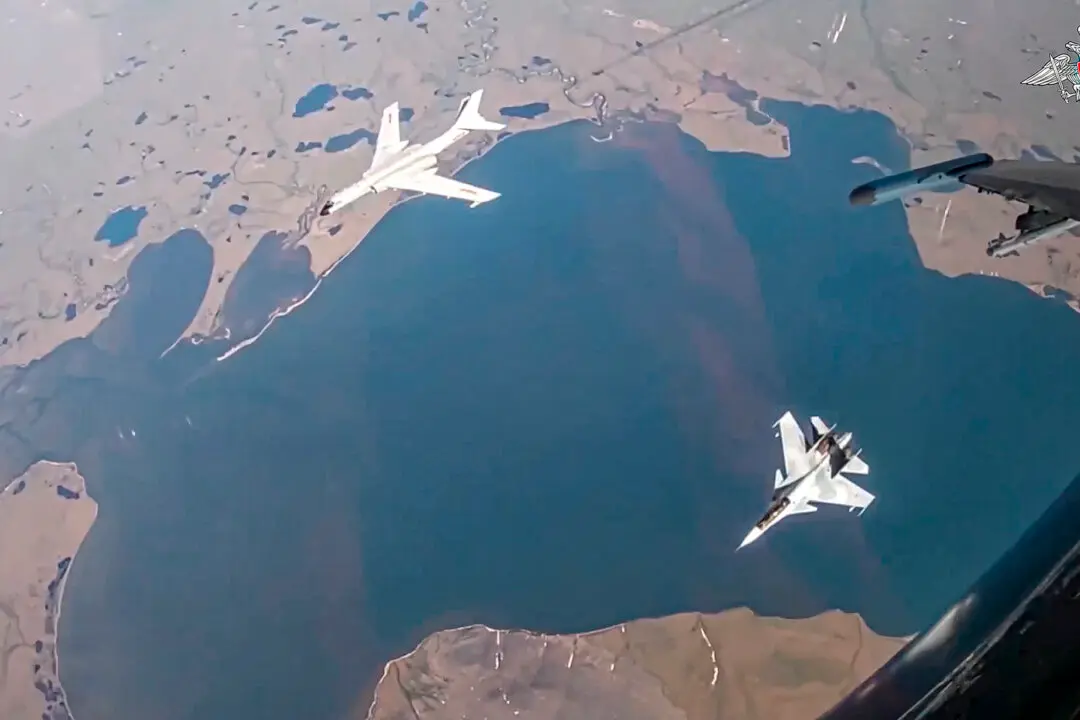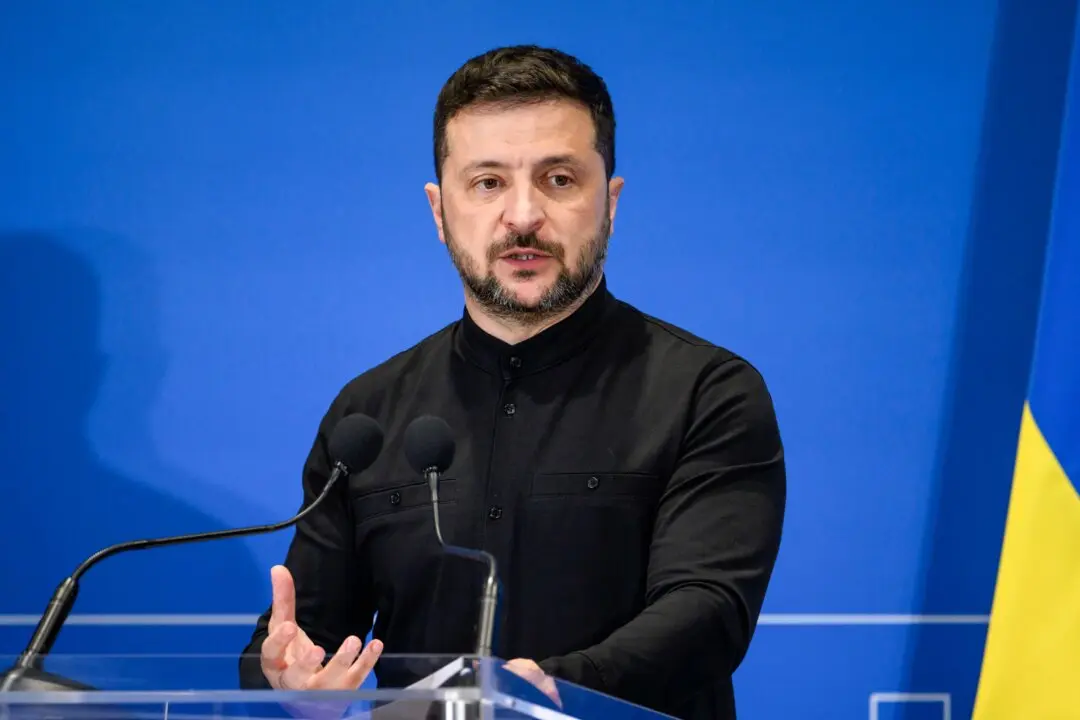American and Canadian fighter jets intercepted Russian and Chinese long-range bombers operating over international waters near Alaska on July 24, according to the joint U.S. and Canadian aerospace command and the Russian military, with some reports indicating that it was the first time that Chinese aircraft were intercepted near Alaska.
Two Chinese H-6 and two Russian TU-95 strategic bombers were detected, tracked, and intercepted on July 24 while operating in the Alaska air defense identification zone (ADIZ), a buffer zone in international airspace, according to the North American Aerospace Defense Command (NORAD).





